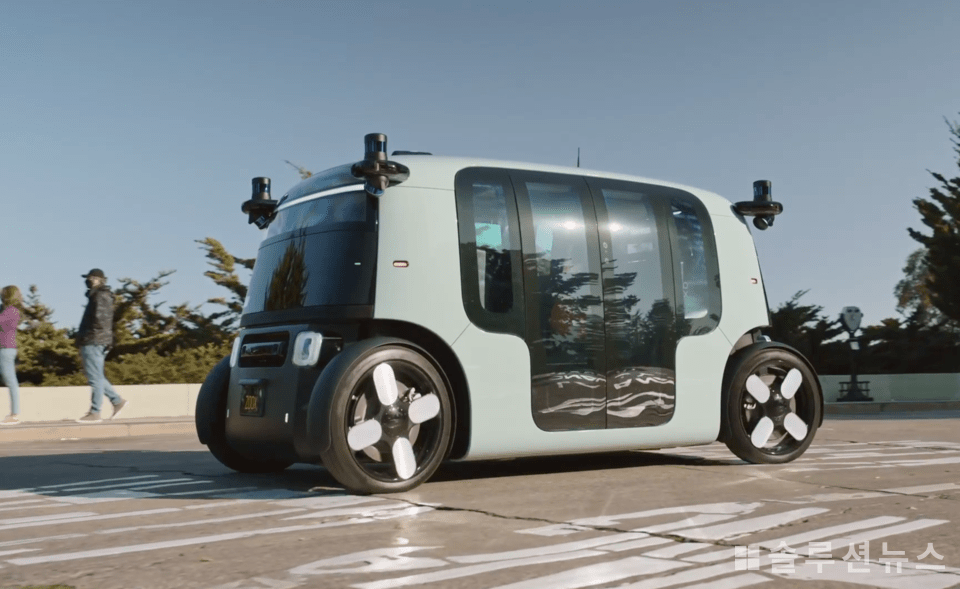
There is no cockpit or steering wheel. Zoox, Amazon’s autonomous vehicle division, has launched a test of “fully autonomous vehicles” in downtown Los Angeles. This technology-centered experiment has now moved into the heart of the city.
Zoox recently began manual driving tests for autonomous cars in Los Angeles. The deployed vehicle is a modified model based on the Toyota Highlander. Initially, a driver is on board to meticulously record urban environments such as traffic, roadworks, and events. Switching to autonomous mode is planned for the second half of this year.
This entry into LA marks Zoox’s sixth city expansion, following San Francisco, Seattle, Austin, Miami, and Las Vegas. Each city is being meticulously arranged for the technology, aiming to apply the robotaxi to actual urban settings.
The vehicle is designed with an optimal structure for autonomous driving. It lacks a driver’s seat and features bidirectional driving capabilities, allowing it to navigate even narrow city alleys without making a U-turn. The interior focuses on passenger convenience and space utilization, edging closer to the concept of a ‘purpose-built autonomous vehicle’.
The introduction of technology to a city often encounters the barrier of regulation. To approve the operation of autonomous vehicles, they must meet city-specific legal standards and undergo safety verification procedures. Particularly in densely populated areas like Los Angeles, the criteria become even more complex.
Through test runs, Zoox is both testing technology and adjusting vehicle performance and operation to align with urban traffic and legal systems. The process includes preemptively identifying and addressing issues through real-road driving instead of simulations.
While Zoox is preparing for the commercialization of autonomous vehicles, competitors have already made strides in the market. Waymo is expanding its commercial services based on millions of miles of autonomous driving data, and Cruise is continuing test operations in major cities.
Zoox attempts to differentiate itself through technological prowess and design structure, but the process of gathering data and garnering customer responses via actual service is just beginning. The success or failure of the Los Angeles test run is likely to be a critical turning point in future city expansion strategies.
For the proliferation of urban autonomous driving, preparing not just the technology but also the city infrastructure and policies is crucial. Just as important as designing the vehicle is integrating it into the city’s traffic system. Thus, collaboration between public and private sectors, establishment of city-specific autonomous driving guidelines, and providing transparent information to enhance perceived citizen safety emerge as key tasks.
The Zoox autonomous vehicle experiment is more than just a technical test; it questions how cities and technology can coexist.